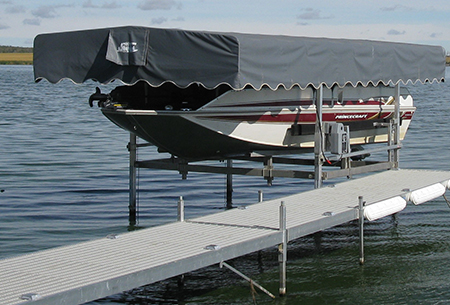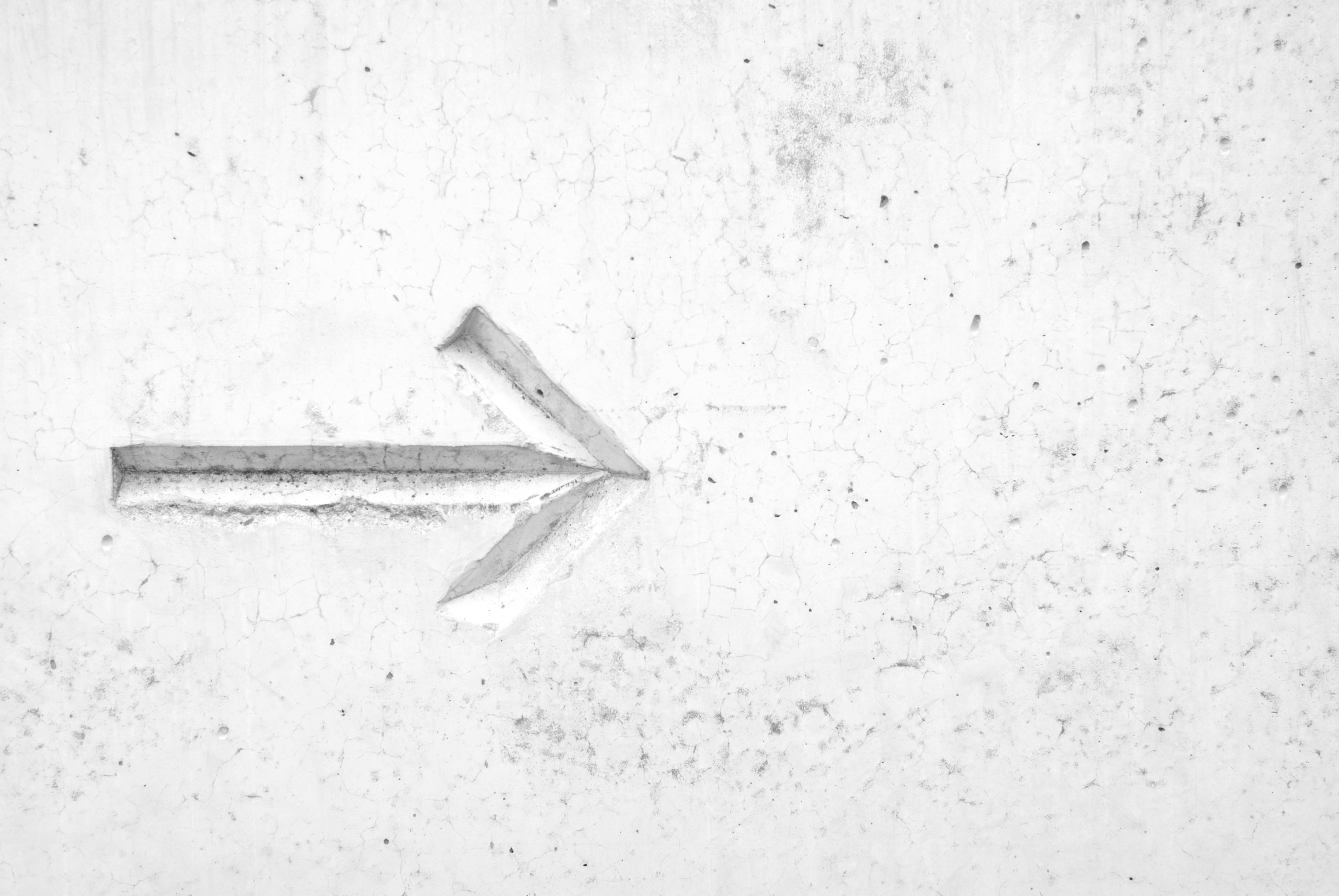GENERAL MAINTENANCE GUIDELINES
FOLLOW THE WEIGHT WARNING
Always observe the lift’s weight limits. Boat lifts are designed with certain specifications and exceeding weight recommendations will lead to failure or collapse. Make sure that the lift can handle the weight of your boat PLUS anything you leave in it.
REMOVE DRAIN PLUGS
Rainwater can accumulate in the boat. If you don’t let it drain out, it could quickly get too heavy for the lift to handle. Removing the drain plugs will help keep this from happening. If the lift is equipped with self-leveling and lowering mechanisms that responds to changes in weight, you will not need to remove drain plugs.
---------------
CABLE MAINTENANCE
INSPECT LIFT CABLES
Lift cables should be regularly inspected for signs of wear and tear. Rust spots, broken strands, fraying, and kinks are all clear indications that the cables are faulty and probably need to be replaced.
RINSE ALL CABLES
Boat lifts rely on heavy duty cables to lift the watercraft in and out of the water. Exposure to salt water can cause abrasion and substantial damage, ultimately causing the lift to fail. You will need to regularly and thoroughly rinse the cables.
REMOVE ALL CABLES FROM THE WATER
Do not leave cables dangling in the water while the boat is stored on the lift.
LUBRICATE CABLES
Galvanized and stainless-steel cables should be lubricated regularly with penetrating oil. This will help prevent abrasion and preserve galvanized coating. Please do not lubricate with grease. Grease will trap unwanted moisture inside the strands of the cables.
REPLACE CABLES WHEN NECESSARY
Cables generally need to be replaced every two years and depending on conditions, even more frequently. If there are clear signs of damage, such as kinks, severe abrasion, or other deformities, it is time to replace them.
---------------
BUNK MAINTENANCE
INSPECT THE BUNK
Make sure the bolts that hold the bunks into place are tight and they are lining up correctly with the hull of the boat. In addition, regularly inspect the condition of the carpet and the wood beneath the carpet.
REPLACE BUNK WHEN NECESSARY
The carpet is susceptible to tears from frequent exposure to water and the wood beneath the carpet often cracks or rots. Both should be replaced periodically.
---------------
THE PROPER METHOD TO LIFT YOUR BOAT
No one should be jumping in and out of the boat while it is lifting. The additional weight will strain the hoist motor and cables. To avoid slack and tangling, monitor the cables as they are winding into the drum.
---------------
HOW TO STORE YOUR LIFT
If storing a boat lift during the off-season, make sure it is covered and that no area is exposed. Exposure to rain and snow will compromise long-term use. It is also important to remove and safely store the battery if there is a power hoist.
---------------
BOAT LIFTS AND HARSH WEATHER
Keep in mind – boat lifts do not fare well in harsh weather conditions, such as hurricanes and nor’easters. Heavy winds and wave surges will shift the boat and harm the lift. If severe storm or flood watches or warnings are issued in your area, get your boat off the lift and store it more safely ashore. Storm surges and floods will, very predictably, have their way with your boat or jet ski. Overall, if there is an impending flood or storm, remove your craft from the lift and store it appropriately.




